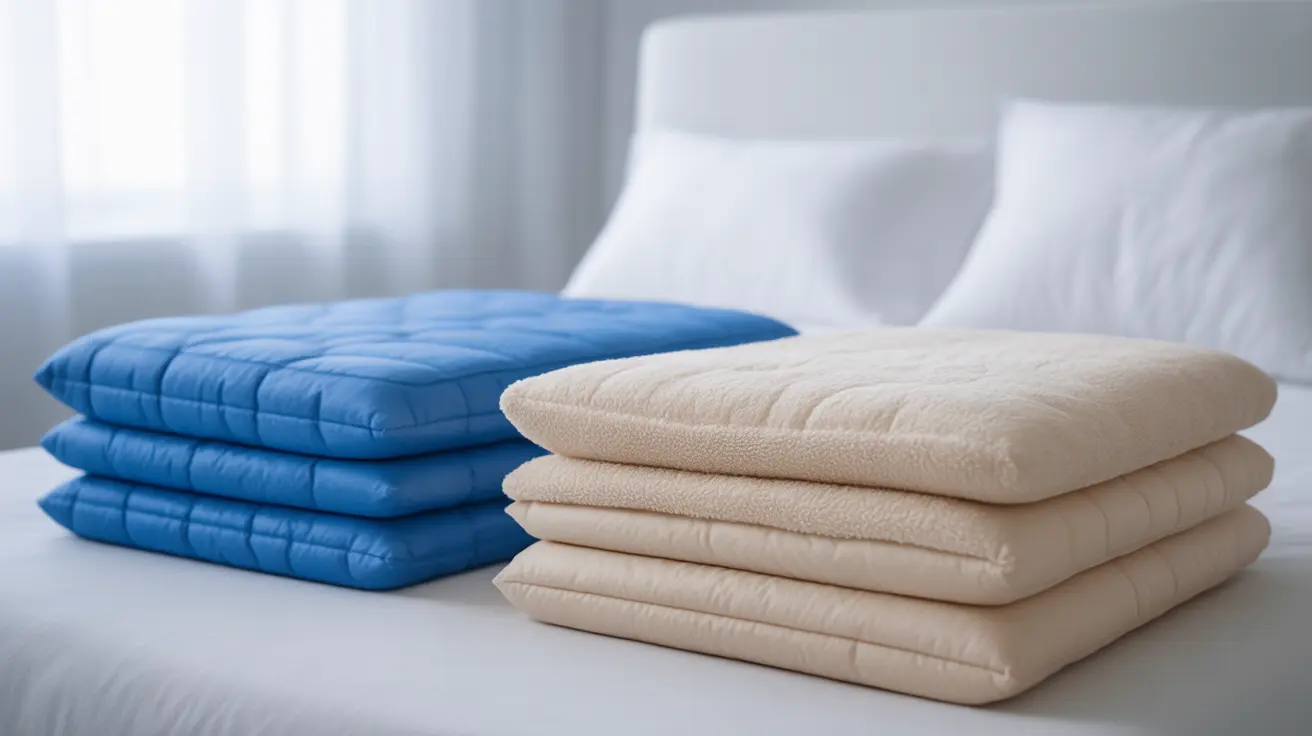Managing incontinence effectively requires the right protective products, and bed pads are an essential tool for maintaining comfort and dignity during nighttime care. Whether you're caring for a loved one or managing your own incontinence needs, understanding how to select and use bed pads properly can significantly improve quality of life and prevent complications.
In this comprehensive guide, we'll explore everything you need to know about bed pads for incontinence, from choosing between disposable and reusable options to finding the right size and absorbency level for your specific needs.
Types of Incontinence Bed Pads
Bed pads for incontinence come in two main categories, each with distinct advantages:
Disposable Bed Pads
Disposable bed pads feature multiple layers of absorbent material with a waterproof backing. These pads offer:
- Superior absorption capacity
- Built-in odor control
- No washing required
- Convenient disposal
- Ideal for travel or short-term use
Reusable Bed Pads
Washable bed pads are designed for long-term use and provide:
- Cost-effective long-term solution
- Environmentally friendly option
- Durable construction
- Soft, comfortable surface
- Multiple washing cycles capability
Choosing the Right Size and Absorbency
Selecting the appropriate bed pad involves considering several factors:
Size Considerations
- Standard (23" x 36"): Suitable for most twin beds
- Large (30" x 36"): Offers extra coverage
- Extra Large (32" x 36" or larger): Ideal for larger beds or active sleepers
Absorbency Levels
Bed pads typically come in three absorbency levels:
- Light: 2-3 cups of liquid
- Moderate: 4-6 cups of liquid
- Heavy: 8+ cups of liquid
Proper Usage and Maintenance
To maximize the effectiveness of incontinence bed pads and maintain skin health:
For Disposable Pads
- Change immediately when soiled
- Check regularly throughout the night
- Position correctly with the absorbent side up
- Ensure edges don't curl up
For Reusable Pads
- Wash according to manufacturer instructions
- Use gentle detergents without fabric softeners
- Replace when showing signs of wear
- Keep multiple pads in rotation
Preventing Skin Issues
Proper use of bed pads can help prevent skin complications:
- Choose breathable materials
- Change pads promptly when wet
- Use appropriate skin barriers
- Monitor skin condition regularly
- Maintain good air circulation
Frequently Asked Questions
What are the best types of bed pads for managing incontinence at night?
The best bed pads for nighttime use are those with high absorbency and moisture-wicking properties. Disposable pads with polymer cores offer excellent overnight protection, while quality reusable pads with multiple layers provide reliable coverage and comfort.
How do I choose between disposable and reusable bed pads for incontinence?
Consider factors like budget, environmental impact, and convenience. Disposable pads are ideal for travel and acute care situations, while reusable pads are more cost-effective for long-term use and environmentally friendly. Your choice may also depend on laundry facilities and frequency of use.
How can bed pads help prevent skin irritation and pressure sores in people with incontinence?
Quality bed pads help prevent skin issues by quickly wicking moisture away from the skin and maintaining a dry surface. Look for pads with soft, breathable top layers and ensure regular changing to prevent prolonged skin exposure to moisture.
What size and absorbency level should I look for in an incontinence bed pad?
Choose a size that covers the sleep area with several inches of overlap. For absorbency, consider the volume and frequency of incontinence episodes. Light to moderate absorbency works for occasional leakage, while heavy absorbency is necessary for frequent or severe incontinence.
How often should incontinence bed pads be changed to maintain hygiene and skin health?
Change disposable bed pads immediately when soiled and at least once every 8 hours. For reusable pads, change daily or more frequently if soiled. Regular changing helps prevent skin breakdown and maintain proper hygiene.




